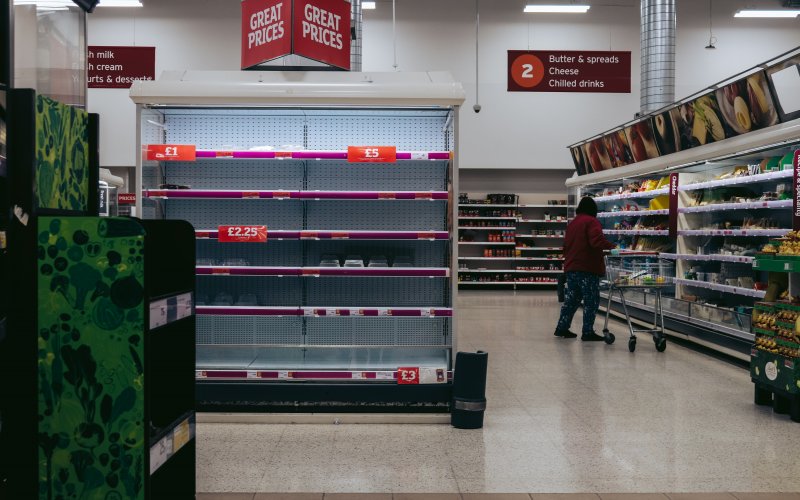Research Spotlight: U.S. Households’ Disaster Preparedness

ALBANY, N.Y. (May 1, 2020) — Rockefeller College of Public Affairs & Policy PhD alumna Lucila M. Zamboni and Associate Professor Erika G. Martin have teamed up on a manuscript entitled, “Association of US Households’ Disaster Preparedness With Socioeconomic Characteristics, Composition, and Region.” The article, published on JAMA Network Open, identifies disparities in disaster preparedness among U.S. households using nine preparedness items.
The research examines how the characteristics of different households, including region, head of household’s education level, race/ethnicity, marital status, age, and presence of children or a household member with a disability, impacts the fulfillment of action-based and resource-based preparedness items.
Zamboni and Martin’s research found that nearly 70 percent of U.S. households fulfilled at least half of the nine recommended preparedness items. However most households were more likely to be prepared with resource-based rather than action-based items. For example, a large majority of the 16,725 households surveyed have a vehicle for evacuation (96.2%), a food stockpile (83.8%), and financial resources for evacuation (80.8%), while action-based items, such as having a separate evacuation meeting point (38.2%) or an alternative communication plan (27.9%) prepared, were much less prevalent.
In addition, the data found that wealthy households and those with household heads aged 65 years or older were more likely to fulfill at least half of resource-based items, while households with black household heads were more likely to fulfill items directly related to emergencies and less likely to fulfill resource-based items.
In describing the study’s novel contributions, Dr. Zamboni explains that, “Other studies have examined the types of households that are more prepared for disasters. However, they look at a limited number of preparedness items or else group them all together. That has led to inconclusive findings about disparities in household preparedness. In our study, we distinguish between resource-based and action-based items and also look at how households are prepared in different areas. This gives us a more nuanced understanding of critical gaps in preparedness, and ways in which we need to tailor our preparedness messaging.”
Dr. Martin adds, “The COVID-19 pandemic highlights why it is critical to be prepared in all of these dimensions. For floods, earthquakes, hurricanes, and other natural disasters, households should be able to evacuate quickly, organize alternative meeting points, and have sufficient food and water stockpiles. Backup generators can also be lifesavers. The current pandemic is a different ballgame. Beyond acute health concerns, households are facing sudden unemployment and stay at home orders make it more difficult to shop for basic supplies. Water stockpiles and emergency generators are less relevant because our public utilities remain intact, but prepared households have communication plans, food stockpiles in case of quarantine, and household savings. Ultimately, all of these preparedness items are important because disasters cannot always be anticipated. Hopefully the COVID-19 pandemic is an opportunity to bring awareness to the critical importance of household preparedness.”
Dr. Martin is also a faculty affiliate with the University at Albany School of Public Health, and Dr. Zamboni is a research associate at the Rockefeller College Center for Policy Research.


